Air powered guns operate with either pneumatic, spring or CO2 (gas) driven pressure while powder guns operate with the explosive force caused by igniting powder. The mechanism of the air gun is more complex than powder guns, and there are pros and cons of both types of guns.
First a brief history of both air and powder guns.
Air guns have been in existence for thousands of years, dating back to the uncertain beginning of the use of lung powered blow guns. The beginning of the use of mechanical air powered guns is also unclear; but, we have evidence of the usage of these guns in Europe in the 1600’s. We know that a mechanical air gun powered by pressurizing an air chamber by hand pumping was used in the US by Lewis and Clark in their 1803/4 expedition. They used this gun, made in London by T.J. Mortimer for small game (wildfowl) with a.30 caliber shot and large game (deer and boar) with a.40 caliber shot. For them a pumping action of 200 pumps would provide enough pressure for about 20 shots. This gun was also demonstrated to amazed Indians on their expedition. The evolution of the air powered gun continues to our current time, with an emphasis on recreation and training.
Powder guns, better known as firearms have been in existence for about 800 – 900 years. Black powder, the explosive used in powder guns, originated in Arabia or China around 1200 AD. The first recorded use of firearms was in 1312 AD at the battles of Crecy and Agincourt. Black powder, later referred to as Corn powder (not because corn was used in its production, but because the powder was produced as uniform kernels for consistency in fire power) has been improved over the centuries to its current efficient no smoke, less gun barrel debris, higher velocity usage. A significant reason for this development was the use of firearms in war. The production of gun powder during our civil war gave birth to a corporate giant, DuPont, which continues to prosper to this current date. The evolution of the powder gun also continues to our current time with the emphasis on war and law enforcement.
Now for the pros and cons of air powered guns and powder guns.
Air Guns
Pros
- Ammunition is cheap and environmental friendly if biodegradable pellets are used as in Airsoft (a more recent innovation) air guns
- Ammunition doesn’t pose a fire or explosive hazard
- Air guns have no value to a burglar, so they are not break-in targets
- Safe to use in training and recreation. Can be used in military and police training, and in recreation target practice and war games
- Very good for varmint and small game hunting
- Routine cleaning and lubrication is infrequent
- Low noise
Cons
- Repair of a damaged air gun can be difficult because of the mechanical complexity of the components
- Lose of accuracy for long (above 100′ – 150′) distance shots
Powder Guns
Pros
- Big game hunting
- Necessary and deadly in war
- Accuracy at long range
Cons
- Ammunition is expensive and environmentally unfriendly
- Requires frequent cleaning and lubrication
- Target for criminals
- Potential fire and injury hazard in homes
Conclusion
In conclusion, there is a use for both air and powder guns, and both have to be handled with care by responsible people. Obviously a license is required for firearms, and, although not necessary, a license for air guns is a good thing. Keep your gun out of range of children
Author Bio:
The author is very knowledgeable in the evolution of air powered guns to the current training and recreational airsoft guns.




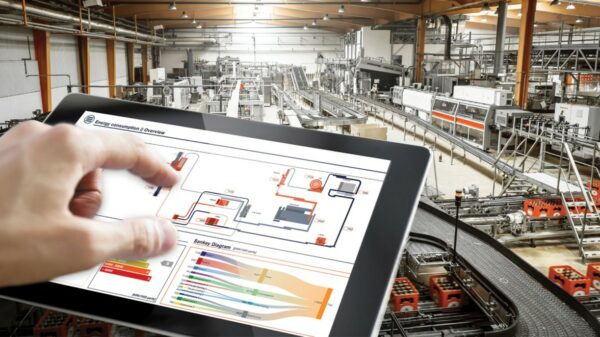
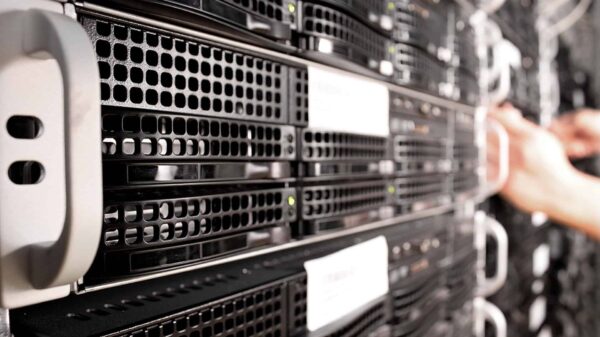
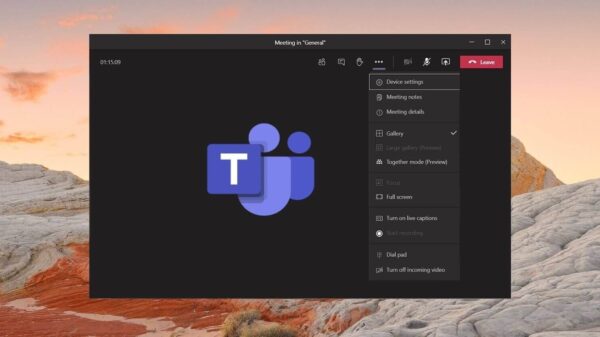
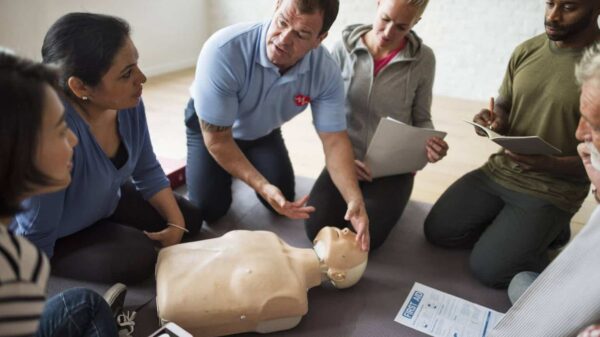












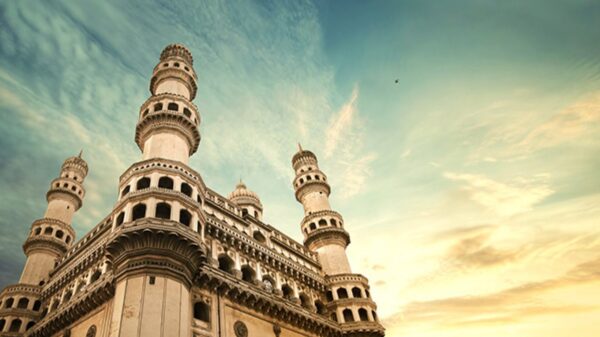


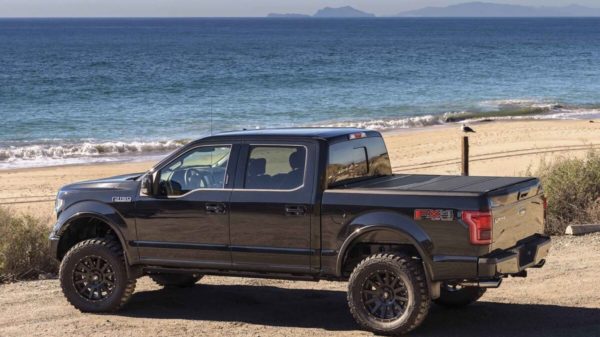
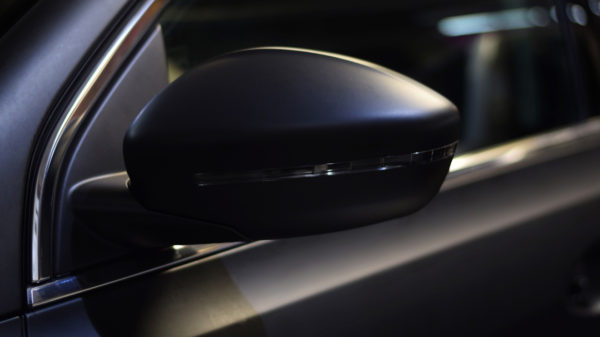
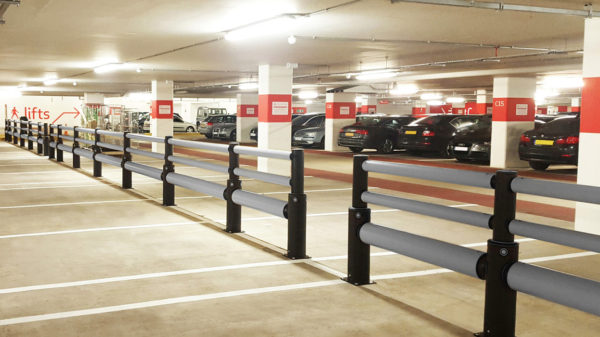
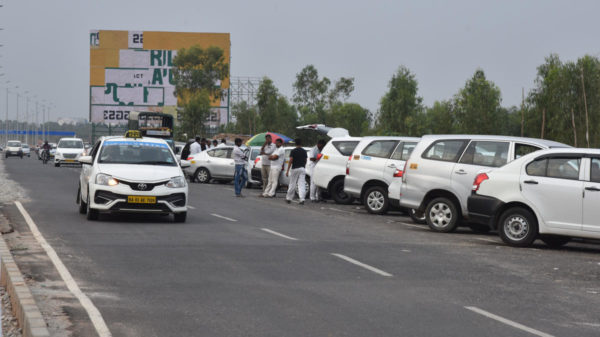


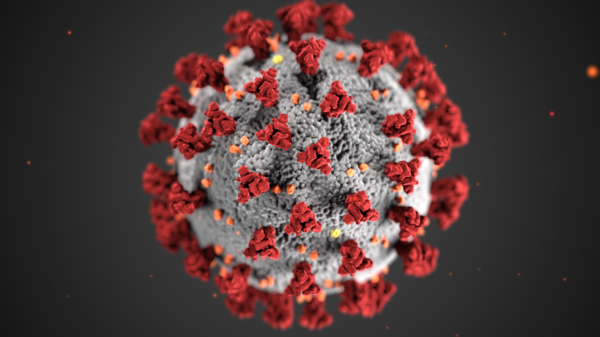











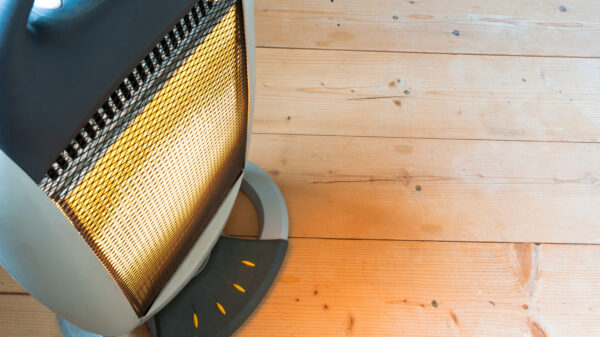




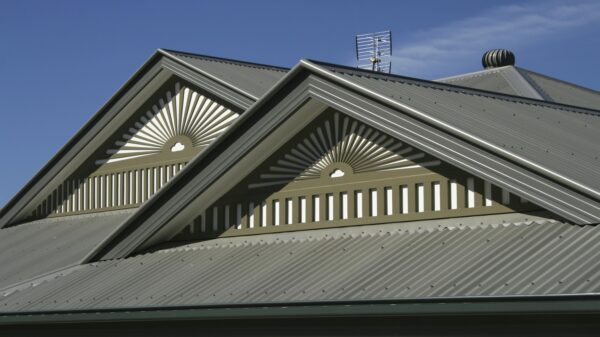





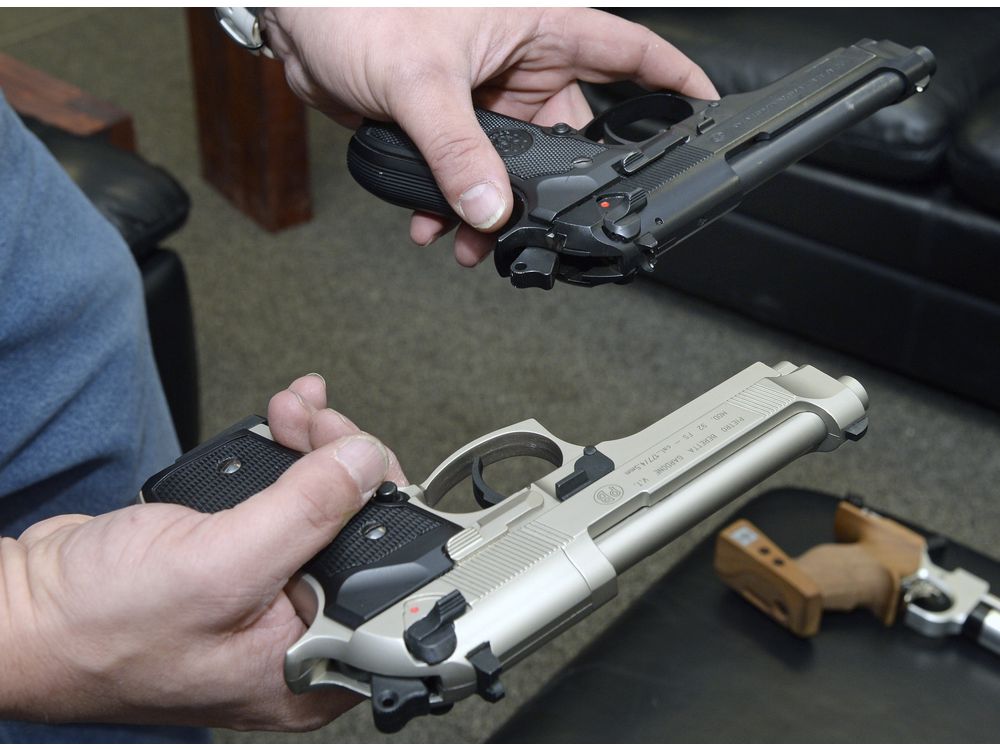










You must be logged in to post a comment Login